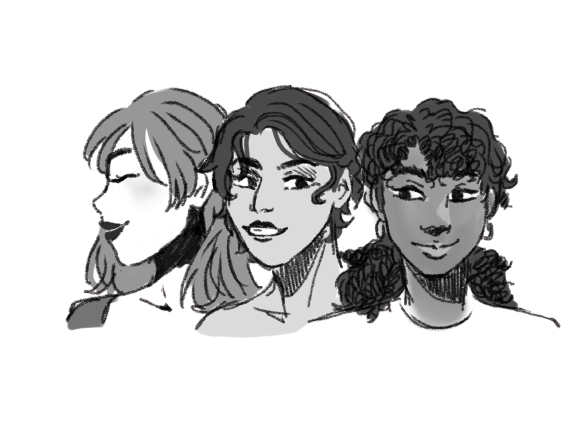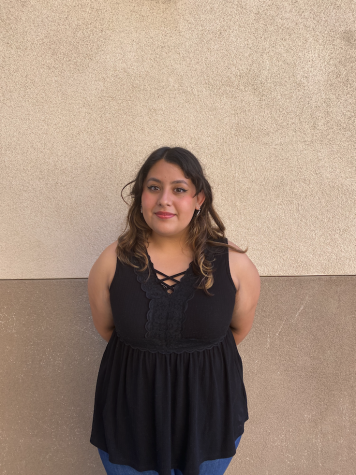Colorism and beauty

Graphic by Maryam Girowall
Our world is full of diverse cultures, and with these cultures comes a multitude of traditional features. The latino community is a prime example of this; latinos are a huge demographic with a broad range of traditions, features and skin tone. However, a supposed united community divides itself through internalized racism and As with many cultures, the latino community divides itself with internalized taught colorism.
Colorism is a form of racism that happens within a community. It is when people with lighter skin and eurocentric features have more privilege than those with darker skin. Latinos cover the entire range of different skin tones. However, the latino community often favors those with lighter skin tones; this favoritism often comes from older generations of latinos who categorize their relatives with skin tone based nicknames such as “Guerito” or “Morenito.” Although this behavior is brought down from older Hispanics generations; this behavior is taught. So where was this behavior taught?
There are multiple factors that have contributed to this division of community, but a big one is the Anglo American beauty standard. This standard promotes the idea that beauty and looking “normal” comes in the form of fair skin, blonde hair and blue eyes. This standard was taught, through centuries of Anglo American indoctrination, to minorities across the world.
These teachings have become ingrained in latino culture and are a main divider in the community.
These standards become a dividing line between the latino community and separates us into categories of skin tones. Darker toned Hispanics are made to feel less attractive and are discriminated against in and outside of the community, whereas lighter toned Hispanics do not experience this discrimination.
Society has made improvements in the diversity and rewriting this beauty Standard; communities of minorities must unlearn years of colorism behavior to completely rewrite this narrative. Although it is difficult to change this perspective to older generations, we can change our own perspectives and teach this positive, inclusive narrative to others and future generations to come.


